Introduction: A Breach Beyond the Server Room
In late September 2025, Discord — the communication platform trusted by over 200 million monthly users — confirmed a breach that didn’t originate inside its core infrastructure.
Rather, the hacker gained access to private message attachments, payment information, and sensitive user data by using a third-party customer support vendor.
This incident highlights one of the most underestimated security gaps in SaaS today: supply chain and third-party service risk.
Even the most security-mature platforms can be compromised when a vendor’s controls fail. For every Discord, there are dozens of organizations unknowingly exposed through integrations, support partners, or cloud dependencies.
At Bluefire Redteam, we call this the silent breach vector — and it’s rapidly becoming the next major frontier of cybersecurity.
What Really Happened: The Anatomy of the Discord Hack
Discord disclosed that customer support interactions run by an outside partner were impacted by a security incident on September 20th. This vendor was the target of the attacker in order to obtain:
- Usernames, emails, and limited payment data (last four card digits, purchase history)
- IP addresses
- Uploaded attachments and Trust & Safety communications
- In some cases, government-issued IDs used for age verification appeals
Discord clarified that core infrastructure, authentication data, and passwords were not compromised — but that distinction offers little comfort to those whose identity or communications were exposed.
The deeper lesson for the industry is evident: the SaaS supply chain itself has become a target, even though the attacker’s stated goal was financial extortion.
The Hidden Supply Chain Threat in SaaS Environments
Modern SaaS ecosystems rely on dozens — sometimes hundreds — of third-party integrations and service providers.
Each of these connections represents a potential attack surface, often outside the company’s direct visibility or control.
Common high-risk categories include:
- Customer Support Platforms – Intercom, Zendesk, Freshdesk, and custom providers that store sensitive user data.
- Cloud Infrastructure Vendors – AWS partners, CDNs, and backup providers.
- Payment and Billing Integrations – Stripe, PayPal, or region-specific processors.
- Analytics and AI Tools – Which may retain sensitive event logs or metadata.
Attackers can move laterally through linked systems after breaching one vendor, or they can steal data that erodes user confidence and compliance.
In Bluefire Redteam’s 2025 threat intelligence report, 43% of new SaaS breaches originated from a compromised third-party integration.
That number has nearly doubled since 2022.
Why Vendor Breaches Are So Hard to Detect
Traditional red teaming and SOC operations focus heavily on internal defenses: endpoint detection, SIEM correlation, identity security, and patch management.
However, vendor and supply chain compromises operate differently. They exploit:
- Implied trust relationships (API tokens, SSO connections, support access)
- Out-of-band data flows (attachments, logs, or tickets containing sensitive info)
- Delayed disclosure timelines (vendors may not notify customers promptly)
- Misaligned security standards (your ISO 27001 doesn’t guarantee theirs)
In other words, even if your organization passes every pen test and compliance audit, a breach may still occur through an external dependency that you didn’t configure or control.
How to Identify and Mitigate SaaS Supply Chain Risk
1. Map Your Vendor Attack Surface
Start by creating an inventory of all external services with data access privileges.
Use discovery tools to identify shadow integrations or forgotten support relationships.
2. Conduct Continuous Vendor Risk Assessments
Move beyond annual compliance questionnaires.
Adopt continuous validation with automated risk scoring and threat intelligence correlation — identifying vendors with recent breach history or unpatched vulnerabilities.
3. Implement Access Segmentation
Minimize the blast radius. Use dedicated environments, least-privilege access, and compartmentalized data pipelines for vendor interactions.
4. Simulate Third-Party Breach Scenarios
Bluefire Redteam’s Red Team Supply Chain Exercises replicate real-world compromise paths from vendor to client infrastructure — revealing weaknesses that audits often miss.
5. Establish a Vendor Incident Response Protocol
Pre-negotiate your notification and remediation SLAs with vendors.
If they’re breached, you should already know who calls whom, within what timeframe, and how evidence is handled.
What Discord’s Breach Teaches Every SaaS Security Leader
This event underscores three crucial truths:
- No vendor relationship is risk-free, even with major providers.
- Transparency and speed of disclosure are critical for user trust and compliance.
- Proactive security partnerships are the only way to outpace adaptive attackers.
For many SaaS companies, the breach will serve as a wake-up call to audit third-party data flows and rethink dependency governance.
Organizations that treat vendor management as a compliance checklist — instead of a live attack surface — will continue to face these preventable exposures.
How Bluefire Redteam Helps SaaS Companies Secure Their Supply Chain
Bluefire Redteam specializes in offensive security testing and breach simulation designed to reveal how adversaries exploit third-party weaknesses.
Our Supply Chain Red Teaming Framework includes:
- Vendor compromise simulation (API token theft, support system escalation)
- Third-party incident response tabletop exercises
- Continuous SaaS exposure monitoring
- Executive risk briefings and reporting for boards
We don’t just identify vulnerabilities — we show how they could lead to compromise, exfiltration, and reputational damage.
The Path Forward: Building Trust Through Resilience
The Discord breach is a reminder that trust is not transferrable.
Your users don’t differentiate between your system and your vendors — a breach anywhere in your chain damages your brand.
The good news: with structured visibility, offensive validation, and active vendor risk management, SaaS companies can turn supply chain risk into a competitive strength.
Bluefire Redteam helps leading technology organizations achieve this resilience every day.
Ready to Protect Your Supply Chain?
Request a Supply Chain Risk Assessment from Bluefire Redteam
Identify your vendor exposures before attackers do. Schedule a Red Team Assessment →


